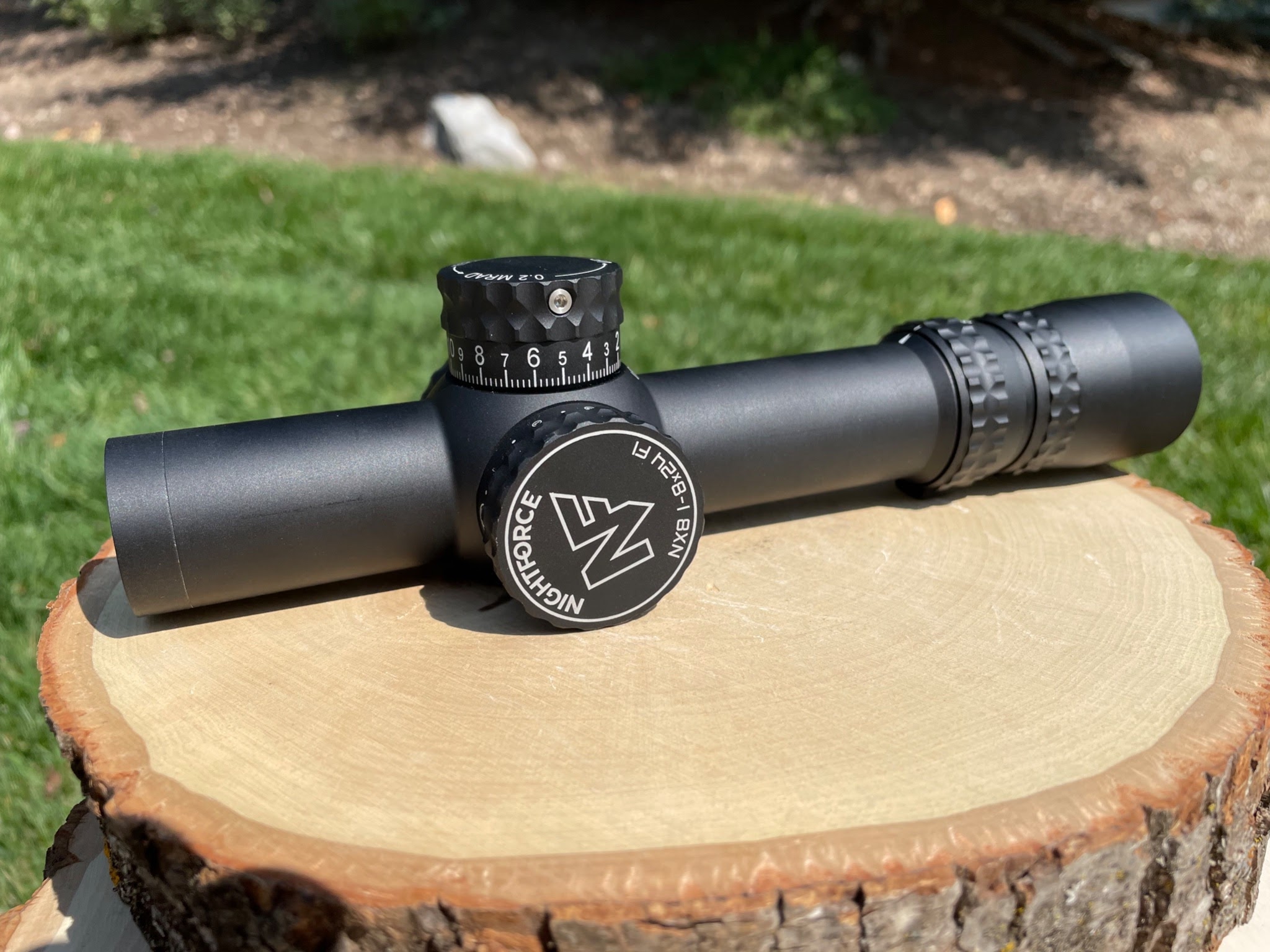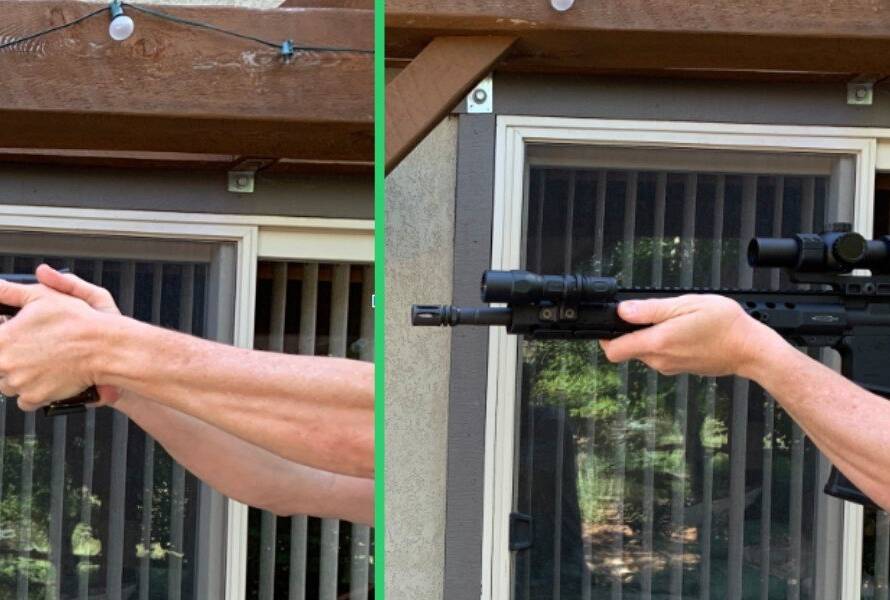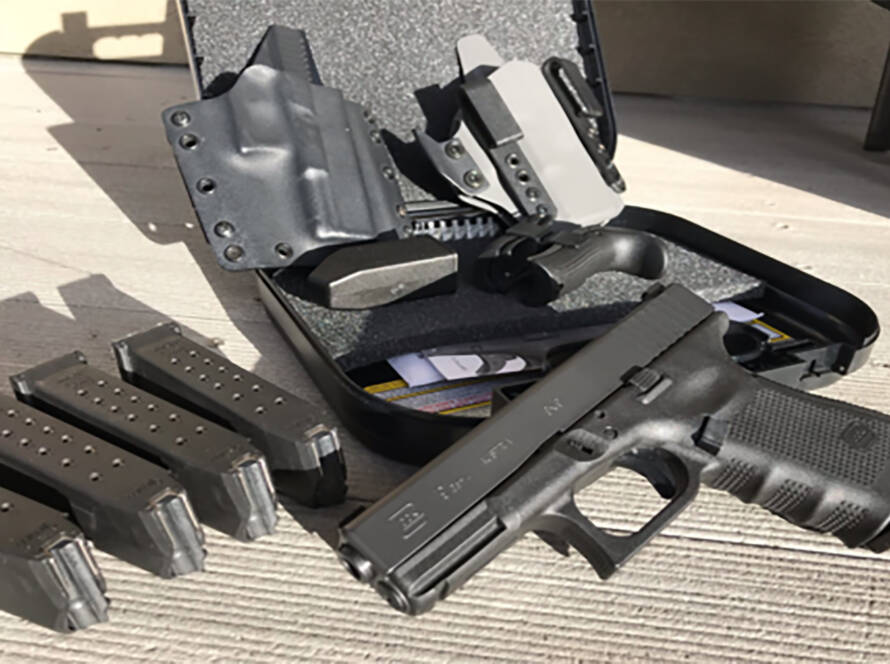Gun sales in the US were up 15% in the first half of 2021 compared to 2020. This was the largest number of guns sold since record-keeping began in 1998.
Are you looking for a scope for your new firearm? Are you considering a low power variable optic? If not, should you be?
Find out more about low power variable optics. Learn how they work and some of the benefits of these popular scopes.
What Is a Low Power Variable Optic?
A low power variable optic (LPVO) is a riflescope whose magnification starts at 1x and goes up to a higher setting. The highest magnification is usually 4x, 6x, or 8x. Magnification of 10x is becoming a more common option.
LPVOs get their name because they’re relatively “low power” compared to a traditional optic. LPVOs are “variable” by magnifying your target between 1x and their highest magnification.
How Does a Low Power Variable Optic Work?
Low power variable optics have an etched reticle. Your eye sees it as a black shape against the field of view. Many LPVOs use a battery or other light source to illuminate the reticle.
The etched reticle is always present even if the battery dies. It can be hard to see at night or in low-light conditions without illumination, though.
Getting in the Eye Box
To acquire the reticle of an LPVO correctly, you need to be in the eye box. Eye box is the total area behind the eyepiece of the scope where you can clearly see the image. An eye box is actually shaped like a cone.
Eye relief defines the length of the cone. Eye relief is the distance between the ocular lens at the rear of the scope and the ideal placement of your eye.
Exit pupil defines the diameter of the cone. Exit pupil is the diameter of the shaft of light coming out of the ocular lens. Exit pupil changes depending on the size of the front (objective) lens compared to the magnification setting of the scope.
At 1x the eye box is very large. As the magnification increases, the eye box gets smaller.
First Focal Plane vs Second Focal Plane
A low power variable optic can be either a first focal plane (FFP) or second focal plane (SFP) scope. A first focal plane scope has a reticle that increases or decreases in size as you increase or decrease the magnification. A second focal plane scope has a reticle that stays the same size no matter what the magnification.
First Focal Plane Optics
Long-range target shooters often prefer an FFP riflescope. This is because the units of measure per hash mark stay the same regardless of the magnification. It gives you a speed advantage.
You can use the illuminated bullet drop compensator at any magnification.
However, the reticle may become too large or too small at certain distances. FFP scopes may have more problems with parallax. These issues make your shot placement more difficult.
Second Focal Plane Optics
SFP optics have been a standard feature for years. You can see the reticle more easily at all magnification levels. You can reference the reticle faster when you acquire your target.
However, the hash marks on the reticle change in value depending on the magnification. You can only use bullet drop compensation at maximum magnification.
Other Design Features to Keep in Mind
Other design features of a low power variable optic affect how it feels to use. The durability, size, and weight are some of these features.
Durability
An LPVO has many glass elements. This gave early models a reputation for being less durable than other optics.
However, new generations of LPVOs are very rugged. The US military is increasingly using them.
Size and Weight
An LPVO may be larger and heavier than the optic you’re currently using. For example, it will take the whole Picatinny rail on the upper receiver of an AR-15.
If you use a red dot sight and add a magnifier and mount, the weight is basically the same as an LPVO, though.
When to Use an LPVO
Low power variable optics are most popular on AR-15s and similar tactical carbines. These firearms typically see a combination of fast-moving shooting in close quarters and mid-range engagements.
LPVOs are popular with 3-gun shooters for the same reason. The different types of use make an LPVO a good choice.
Advantages of Using a Low Power Variable Optic
With relatively low magnification and the potential complications of an eye box, you may wonder why LPVOs are so popular. In fact, an LPVO can give you several advantages.
Versatility
In close quarters, an LPVO at 1x is almost as efficient as a red dot optic. Unlike a standard red dot sight, though, you can quickly crank up the magnification of an LPVO for more distant targets as well. An LPVO can handle the most common engagement distances, especially for defense.
Precision at short and longer distances is one reason The US Marine Corps recently started fielding an LPVO as the Squad Common Optic.
Precision
The reticle on an LPVO can give you better precision than a red dot sight. This is because a wire or etched reticle can be more complex than one that is LED-reflected or hologram-projected.
Some LPVO “smart reticles” give you bullet drop compensation and range estimation. You can adjust your point of aim to get more downrange accuracy at longer distances. Certain models integrate wind holds and moving target leads into the reticle as well.
Better for Shooters with Astigmatism
Many people have astigmatism in one or both eyes and may not even know it. Astigmatism is an eye condition that can cause images to appear distorted.
If you have astigmatism, the dot in a red dot optic won’t be a perfect dot. You won’t be able to aim as accurately. However, the etched reticle of an LPVO will stay clear and easy to see.
Choosing Your New LPVO
A low power variable optic is a versatile riflescope that gives you precise shooting at a variety of distances. When you’re looking for a quality LPVO that won’t blow your budget, RKB Armory has what you need. We’re a veteran-run business that’s committed to buying and selling the best used optics.
Check out our selection of LPVOs. You’re sure to find the right scope.





